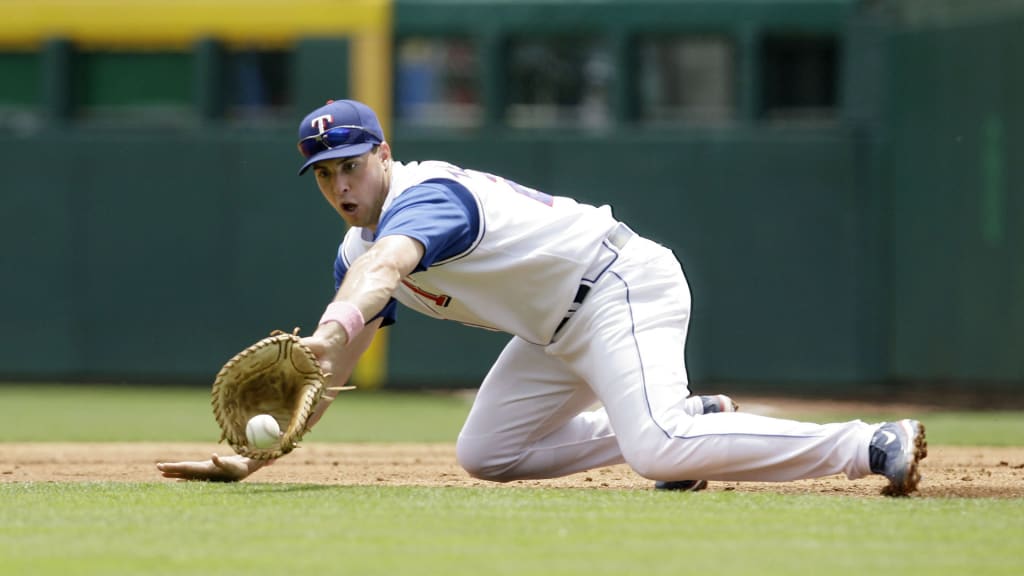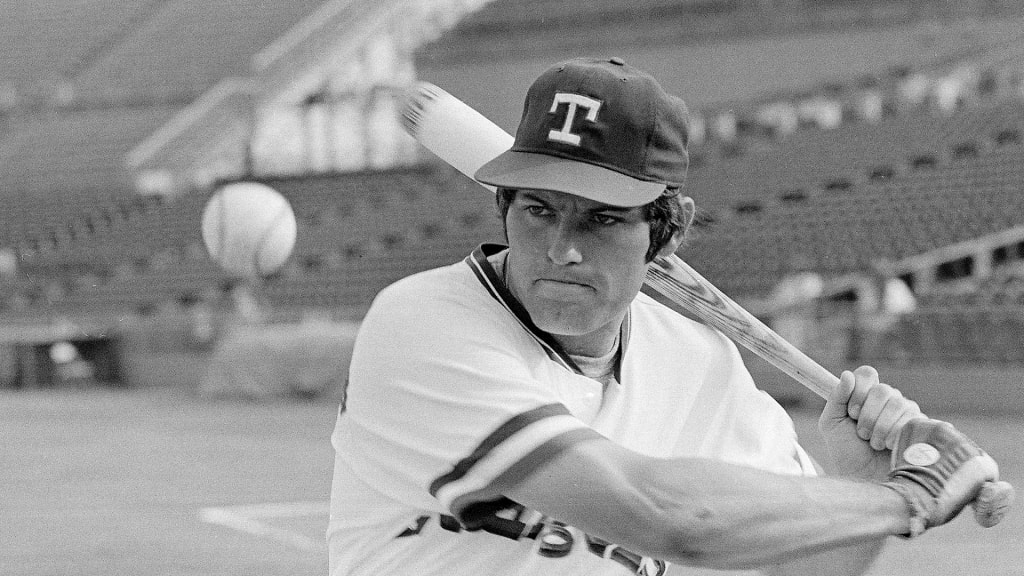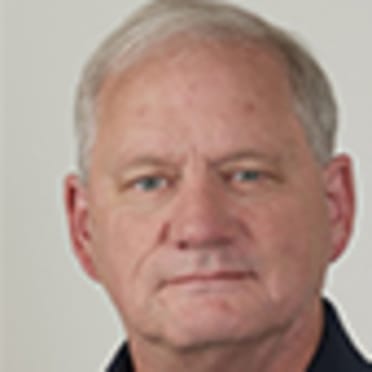
ARLINGTON -- No one loves a good debate quite like baseball fans, and with that in mind, we asked each of our beat reporters to rank the top five players by position in the history of their franchise, based on their career while playing for that club. These rankings are for fun and debate purposes only. If you don’t agree with the order, participate in the Twitter poll to vote for your favorite at this position.
Here is T.R. Sullivan’s ranking of the top five first basemen in Rangers history. Next week: second basemen.
1. Will Clark, 1994-98
Key fact: Ranks second in batting average (.308) and tied for second in on-base percentage (.395) in club history.
Culture may be the most overused word when it comes to the Rangers. Manager Chris Woodward came in to change the Rangers’ culture, but Jeff Banister and Ron Washington were supposed to do that, too. Plus, Nolan Ryan changed the pitching culture.
Banister and Washington were both successful in Texas, but a cultural purge always seems inevitable in Arlington. Nobody was supposed to change the Rangers’ culture more than Buck Showalter -- until it was discovered the Rangers had too much culture and not enough pitching or money.
The whole cultural thing seemed to start when the Rangers signed Will Clark in 1993. The perceived mandate handed to him was to change the clubhouse culture from me-first to team-first.
Did he do that? Well, there was a definite shift in attitude in the Rangers clubhouse after Clark arrived. He wasn’t the only one driving the change. Guys like Mickey Tettleton, Darryl Hamilton and Mark McLemore also helped. It also didn’t hurt that homegrown players like Juan Gonzalez, Ivan Rodriguez, Rusty Greer and Dean Palmer finally reached their highest levels of performance.
But the course of Rangers history was changed when Clark arrived. The Rangers won their first two division titles during his five years in Texas.
“Nolan Ryan and Will Clark were the most intensely competitive players I have ever seen,” former Rangers president Tom Schieffer said. “Will wanted to be up when the game was on the line. You could see it in his eyes and his whole body. That intensity washed over the whole team. I don't think it was a coincidence that we won a division for the first time when he was a Ranger.”
2. Rafael Palmeiro, 1989-1993, 1999-2003
Key fact: Rangers franchise leader in bWAR with 41.1
The debate was always who was better: Rafael Palmeiro or Clark? Palmeiro had an .897 OPS in a Rangers uniform. Clark had an .880 OPS. The reason for the difference? Everybody has their own opinion.
3. Mark Teixeira 2003-07
Key fact: Teixeira had a .901 OPS while with the Rangers, tied for third-highest in club history with a minimum of 300 games played.
After the 2003 season, agent Scott Boras told owner Tom Hicks it was time to trade Alex Rodriguez. Boras told Hicks the Rangers could build an exciting young team around Mark Teixeira. Four years later, the Rangers traded Teixeira and reliever Ron Mahay to the Braves for shortstop Elvis Andrus, catcher Jarrod Saltalamacchia and pitchers Neftalí Feliz, Matt Harrison and Beau Jones. Andrus, Harrison and Feliz helped the Rangers win two American League pennants in 2010 and '11.

4. Pete O’Brien, 1982-88
Key fact: O’Brien was taken by the Rangers in the 15th round of the 1979 MLB Draft. He is one of only two 15th-round position players taken by the Rangers to reach the Majors (Joey Butler, 2008). Their 17th-round picks included Ian Kinsler, Mitch Moreland and Ryan Rua.
Mike Hargrove and Pete O'Brien are an interesting contrast. O’Brien was from Pebble Beach, Calif. His father was a stockbroker who contracted Lou Gehrig’s disease when his son was playing for the Rangers. Hargrove was from the west Texas town of Perryton, and his dad worked in the oil fields.
O’Brien had more power and was better defensively. Hargrove was a high on-base percentage guy, who hit more than 11 home runs in a season just once. His .399 on-base percentage with the Rangers is the highest in club history.
After O'Brien's first season in the big leagues, people were predicting he would eventually win a Gold Glove for his defense. He never did. He lost out to Eddie Murray the first two years, and then Don Mattingly came along to win nine Gold Gloves. O’Brien is one of many early Rangers who would have had much better numbers at the Ballpark in Arlington than at Arlington Stadium.
5. Mike Hargrove, 1974-78
Key fact: He was known as the Human Rain Delay because he was the first hitter who had the annoying habit of constantly stepping out of the batter’s box.
An article in Sports Illustrated on July 28, 1975, celebrated Mike Hargrove's hard-nosed, Texas Panhandle tough guy image. There was an anecdote in which Oakland shortstop and premier basestealer Bert Campaneris complained about Hargrove tagging him too hard on attempted pickoffs.
“If you’re hurt, get out of the game,” Hargrove said, and then proceeded to tag Campaneris even harder.
Now, one has to wonder how tough you have to be to slam an excessively hard tag on 5-foot-10, 160-pound shortstop diving back into a bag.
A few days after the article came out, the Rangers and the Athletics had a five-game series over four days. Hargrove was hit by a pitch twice in those five games by Ken Holtzman and Vida Blue. He was hit just two other times all year.

Honorable mention
• Mitch Moreland was the Rangers' first baseman on four division championship teams.
• Mike Epstein played first for the Washington Senators and flourished for a couple years under Ted Williams.
• Lee Stevens had three 20-plus home run seasons for the Rangers from 1997-99 but was overshadowed by Clark and Palmeiro. His claim to fame is that he’s the last player to take the Rangers to arbitration, back in 2000.
